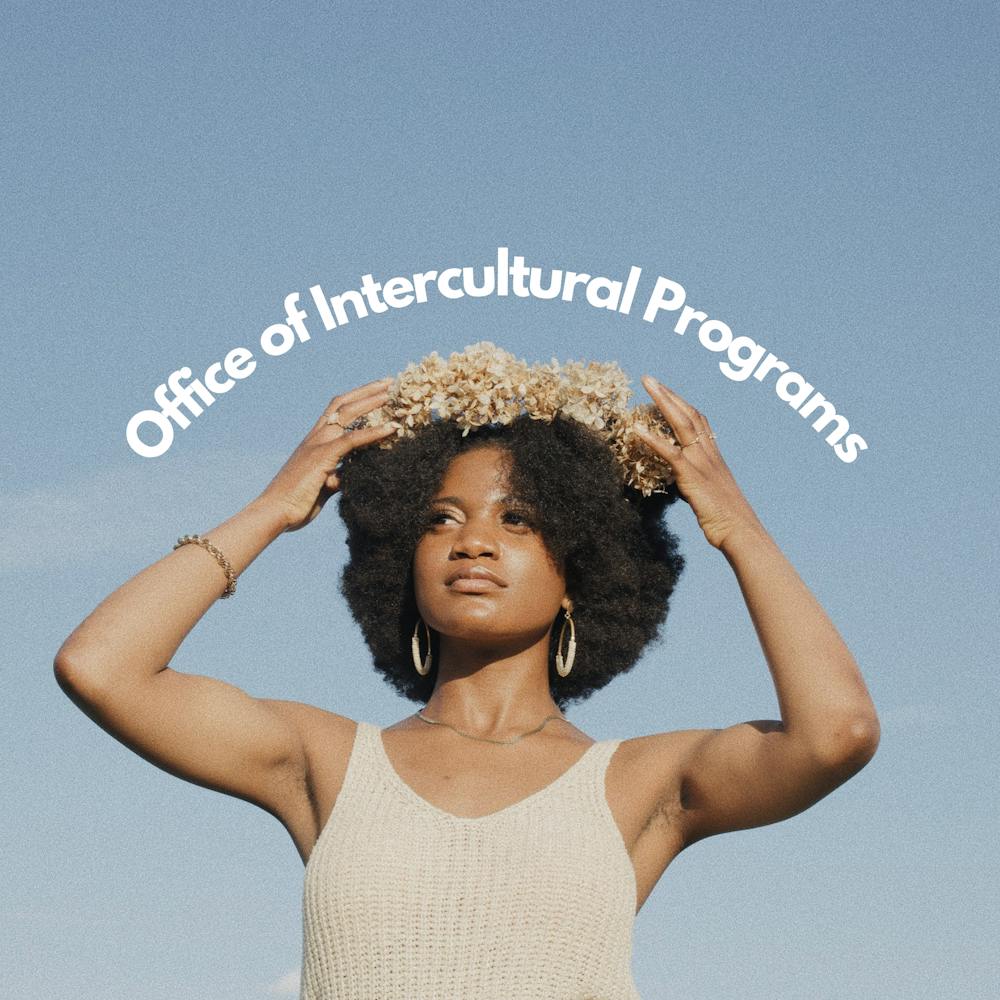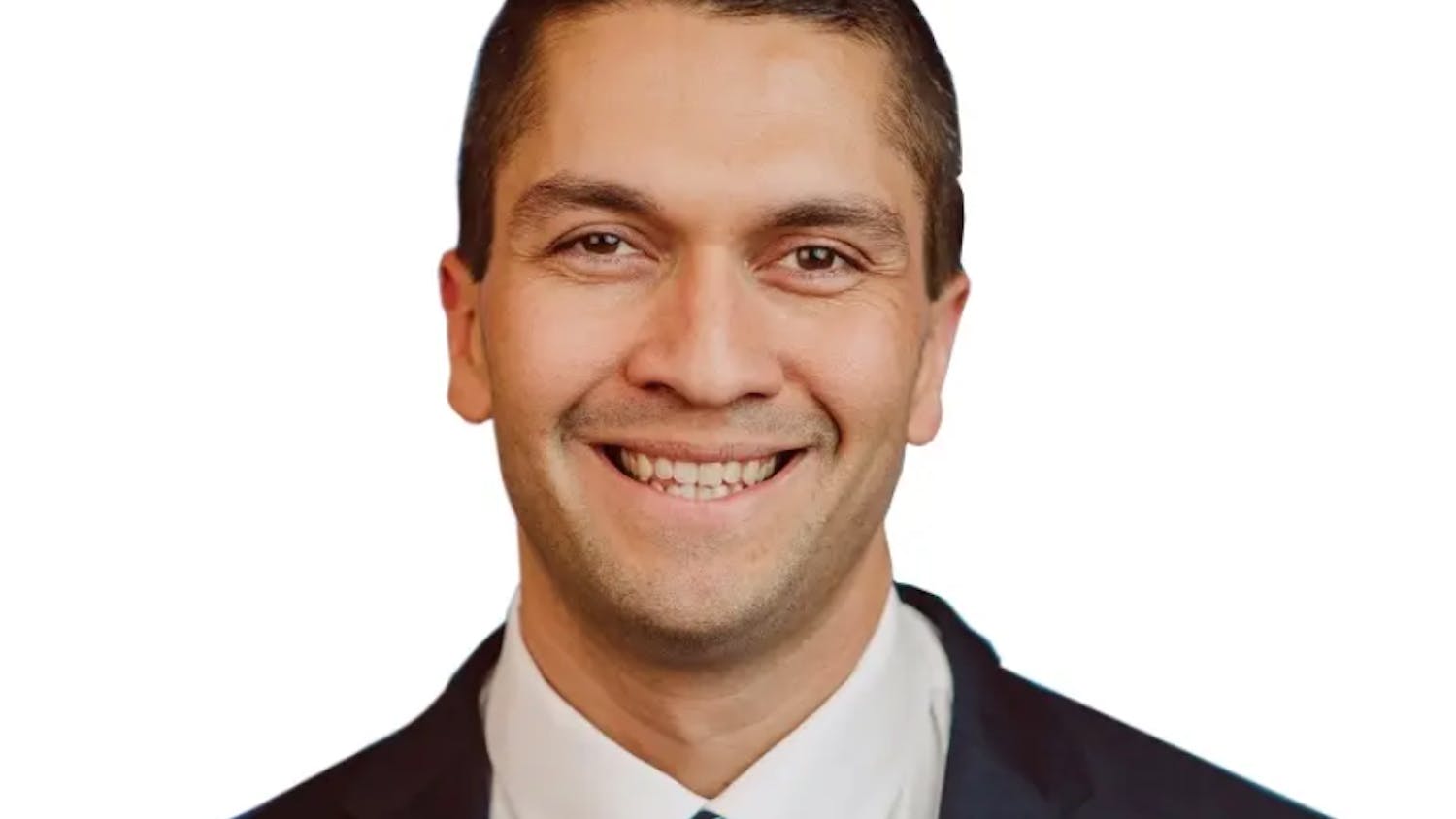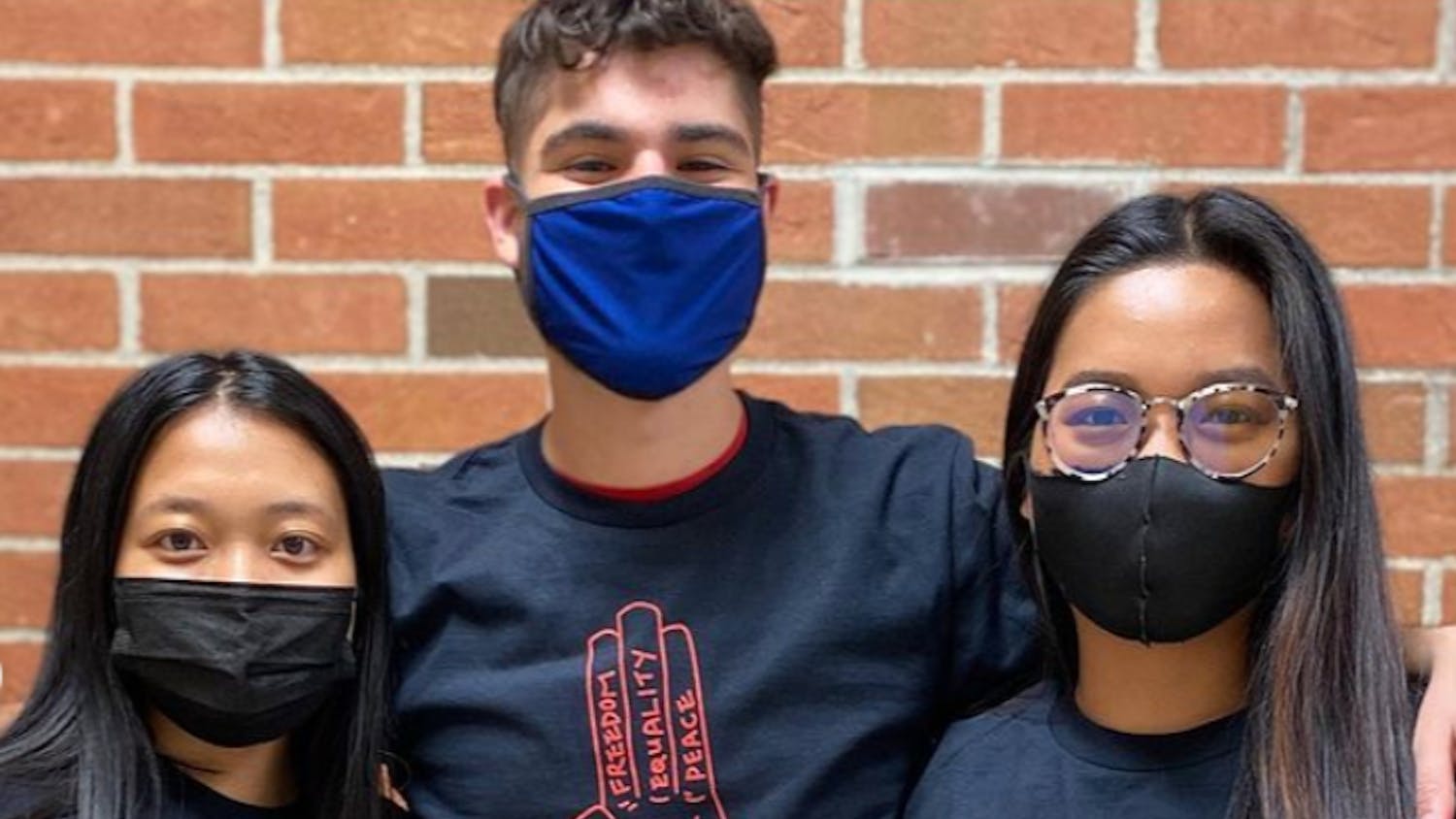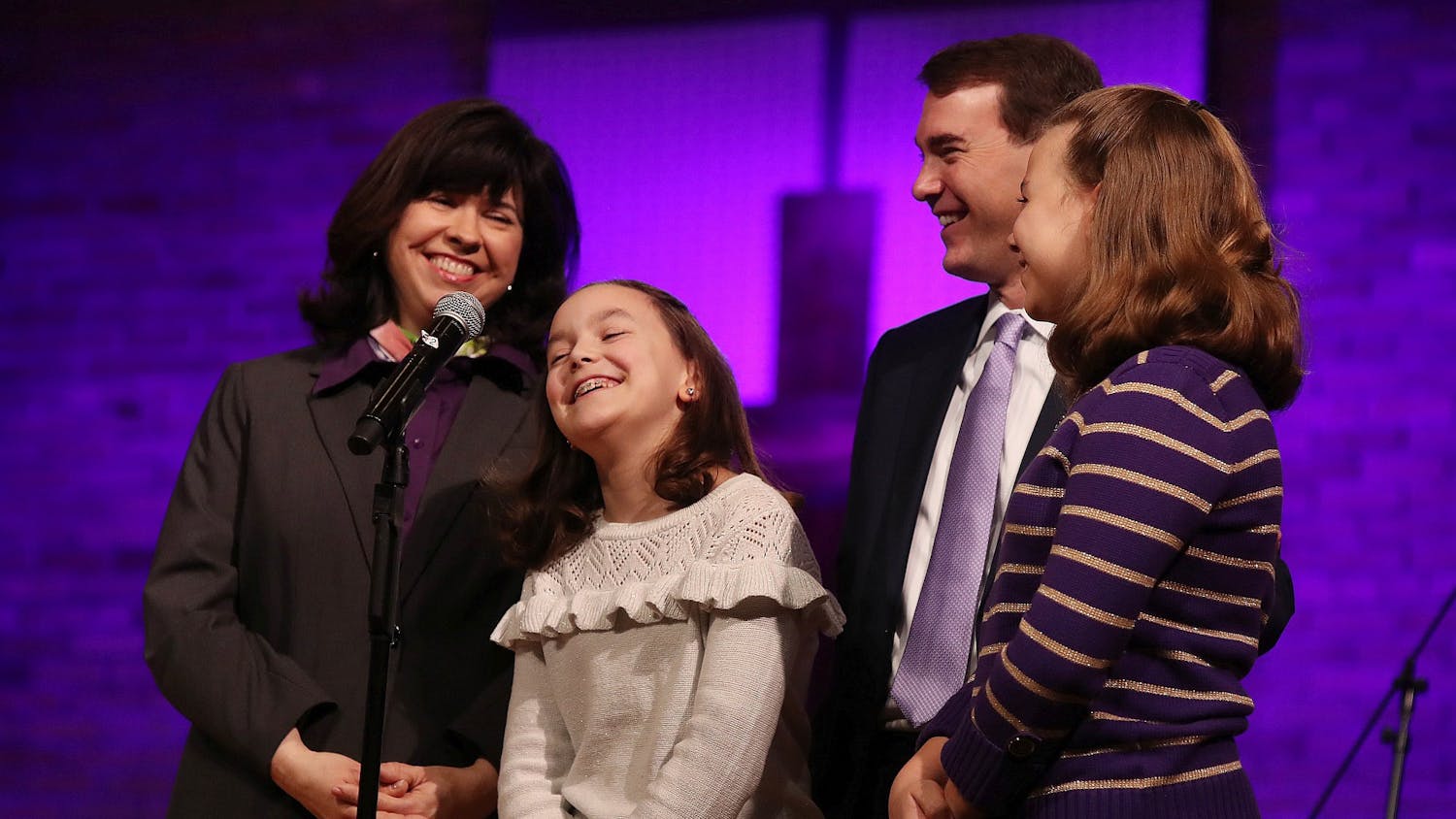The office of intercultural leadership and church relations has launched a new website in hopes of making information and resources easily accessible.
The site compiles all necessary information to get involved with the office: the multicultural philosophy statement at Taylor, the five pillars/goals for the office and reading resources and statistics about diversity at Taylor.
This resource is intended for use by prospective students, current students, faculty members and anyone interested in Taylor's approach to intercultural leadership and church relations.
“When students, faculty or staff wish to grow in understanding diversity, the site provides great books, articles and information that can help educate on that area,” Maribel Magallanes, director of student leadership and cultural programs said.
“Our goal is to work on diversity, but we want everyone at the table,” said the Rev. Greg Dyson, vice president of intercultural leadership and church relations. “We may be having fun with the work we are doing, but we want to make a tangible difference. That is what this site is — it is for everyone.”
The homepage begins by listing the five pillars. It also features a photo of President Michael Lindsay with Dyson's team and the office emblem.
“The first official duty that president Lindsay completed after being installed, was to come to a meeting with our team,” Dyson said. “That is just powerful.”
As stated on the website, the five pillars are to keep God at the center of their work, build on the strengths of each individual, celebrate and engage in intercultural and church relations efforts, remember the struggles experienced by others and provide hospitality as they care for one another.
Next, the page calls on onlookers to consider finding a seat at Taylor’s table with a “Learn More” tab attached. This tab features a photo of students within the organization on their annual retreat.
There is also a “Resources” tab on the site. This tab presents several books that cover diversity and its importance. If students are interested in reading one, they can stop by the office and get a free copy.
“I am not saying we agree with every book on this page, but we want our Taylor community to be aware and engaged with what is happening in the world, and how we engage in it,” Dyson said.
The site continues to display the statistics of diversity at Taylor.
According to the site, ethnic minority students make up 16% of the student population. Within that percentage, 25% are African American, 36% Latinx and 27% are Asian. Along with this, 1% are Native American/Alaskan and 2% are Native Hawaiian/Pacific Islander. Finally, 12% are multiracial.
“The flow of our statistics here follows the national trends, which is what we want to see,” Dyson said.
As the site scrolls, the next section breaks down where students from Taylor are from. On Taylor’s campus, 25 nations are represented.
This resource also spells out the percentage of women and men on campus. 55% of the total student body identifies as female and 45% identify as male.
Continuing on, videos from students involved in the organization as well as a video of Dyson, seek to exemplify the goals set out by the office.
The Office of Intercultural Programs (OIP) is featured on the site.
“The Office of Intercultural Programs (OIP) exists as part of the Intercultural Leadership & Church Relations Division to meet the specific needs of American ethnic students, international students, missionary kids (MKs), and third-culture kids (TCKs) at Taylor University,” the site reads. “The mission of OIP is to cultivate a safe and welcoming environment that provides educational and experiential opportunities for all students, staff, and faculty. Our programs promote racial reconciliation, global engagement, and highlight the beauty of God’s creation in every person.”
Taylor’s policy against racial harassment is clearly stated on the site, and a link to anonymously report harassment is available.
“People can go to this site and see our policy stepped out, and they can interact with it,” Dyson said. “It is a big document, but we wanted to make sure students know of the new feature to make an anonymous report. Sometimes something wrong is happening, students may see it but it may not actually involve them, with this feature, students can help these situations get corrected without being directly involved.”
Next, a link to a separate site is present that celebrates the 175 year legacy of the university. The site features information on 11 people who shaped the mission of Taylor University. Of the 11 people featured, 4 are women, 7 are men.
“We have heard people, and we are solving a problem with this site,” Dyson said. “Now, all statistics, resources, and important information on diversity at Taylor are in one place.”
“Highlighting the works of our students builds on their strengths, helps the TU community celebrate and engage in diversity, and ultimately reflects God’s diverse creation in all of us,” Magallanes said.
Students can find the page at tuilcr.org.





